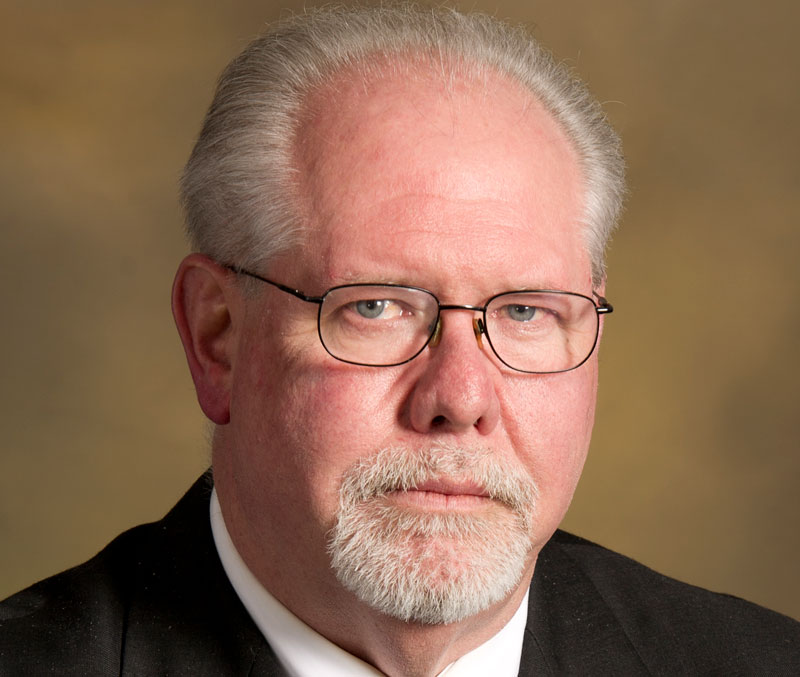From Union Matters: Protecting the Gulf
Hurricane Laura struck the Gulf Coast in August with unusually fierce 150-mph winds that caused more than two dozen deaths and billions of dollars in damage.
Three weeks later, Hurricane Sally pummeled the Gulf with more flooding and destruction.
With storms growing stronger, lasting longer and even hitting more often because of climate change, the Gulf Coast urgently needs new infrastructure to save lives and safeguard critical industrial sites.
New barriers, for example, could protect the huge oil and chemical complex in the Houston-Galveston area that provides much of America’s jet fuel, refining capacity and petrochemical production.
A Rice University study warned that a 24-foot storm surge could cause storage tanks to fail, releasing nearly 90 million gallons of oil and hazardous substances into nearby neighborhoods and then Galveston Bay, one of the most important estuaries in the U.S.
Damage from Hurricane Harvey in 2017 served as a warning. Floodwaters overwhelmed the power systems at Arkema Inc.’s chemical plant, causing organic peroxides to catch fire, explode and spew toxic fumes into the air. Hundreds of residents had to evacuate.
To protect the Houston-Galveston area from storm surge, the U.S. Army Corps of Engineers is considering a plan to build a barrier system: floodgates, with some sets being 650 feet wide, equal to a 60-story building laid on its side; a beach and dune complex; and ecosystem restoration projects along the Texas coast. But this work could take 10 to 15 years to complete.
Rice University researchers propose a Galveston Bay Park Plan that could be built more quickly. These man-made islands would function both as storm surge barriers and recreation areas.
A combination of natural and mechanized infrastructure along the Gulf Coast would support jobs, enhance the economic viability of coastal communities and help protect prime industrial areas from increasingly ferocious storms.
By clicking Sign Up you're confirming that you agree with our Terms and Conditions.
Recent News Articles
Want to Learn More?
See how the USW is making a real difference in our communities and our workplaces.

